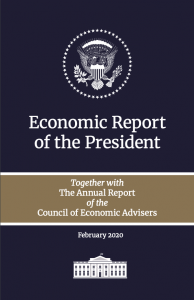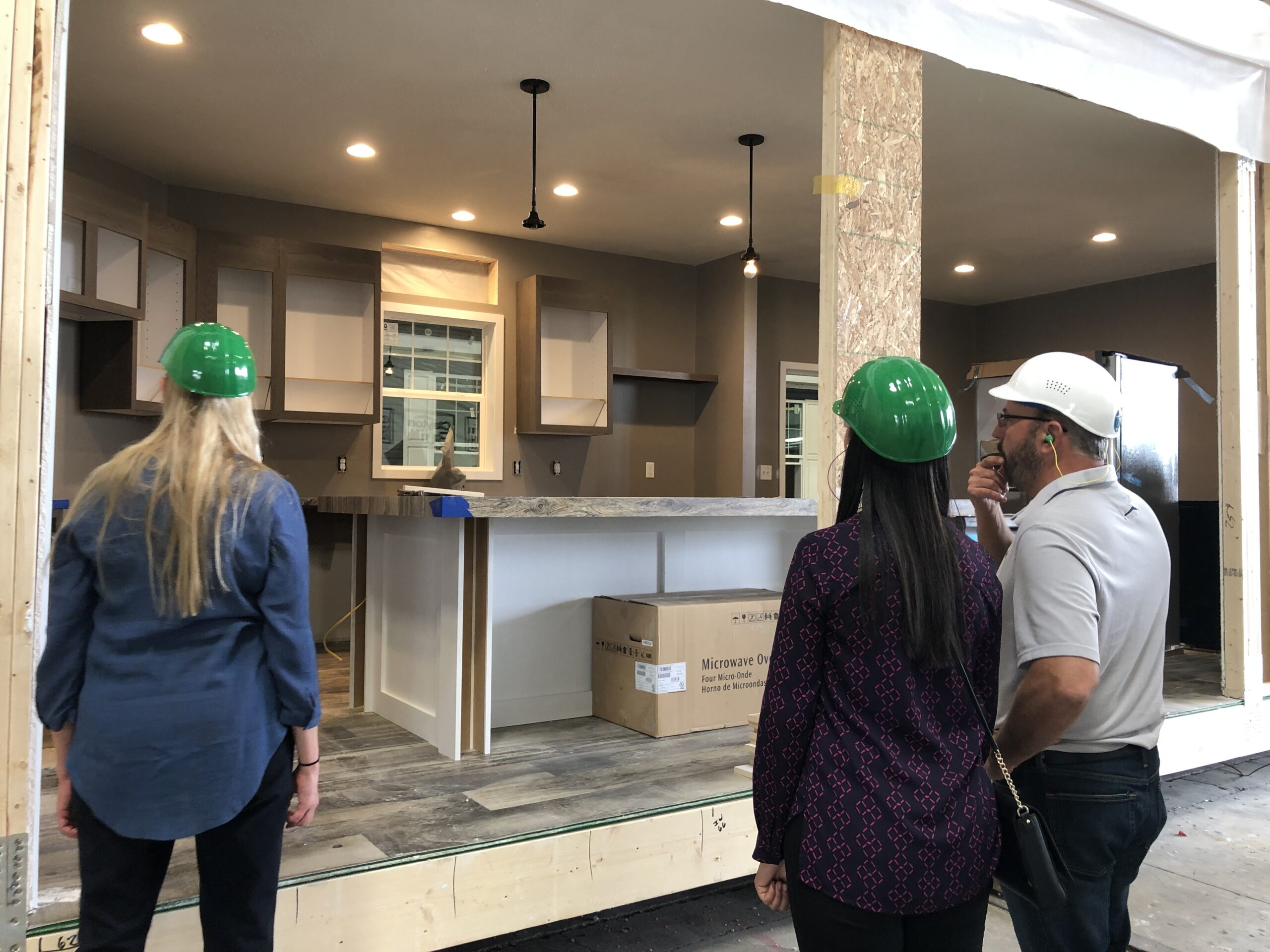Industry Research Points to ‘Manufactured-Housing Regulations and Restrictions’
The White House released a new report on the economy that dedicates a chapter on housing affordability and availability. Within the White House economic report is a list of regulatory burdens that includes “manufactured-housing regulations and restrictions”.
“Incomes in the United States are rising, but home prices are rising much faster in some highly regulated markets,” chapter 8 of the White House economic report begins. “While overall homeownership rates have increased since 2016, some disadvantaged groups lag behind.”
The 2020 report, conducted in cooperation with President Trump’s Council of Economic Advisers, was published Feb. 21. It includes a list of highly regulated areas of the economy that have a negative impact on affordable housing, as well as a list of the 11 most hard-hit metro areas.
Highly Regulated Areas that Negatively Impact Affordable Housing

- Zoning and growth management controls
- Rent controls
- Building codes and rehabilitation codes
- Energy and water efficiency mandates
- Maximum-density allowances
- Historic preservation requirements
- Wetland or environmental regulations
- Manufactured housing regulations and restrictions
- Parking requirements
- Permitting and review procedures
- Investment or reinvestment tax policies
- Labor requirements
- Impact or developer fees
“Research has linked higher home prices and lower housing supply to many of these regulations,” the White House economic report notes.
In addition to direct manufactured housing regulation and restriction, many of the other burdened areas of the economy add further negative impact on the manufactured housing industry’s ability to speed new entry-level and middle-range homes to the market.
11 Metro Areas Most in Need of Affordable Housing
- San Francisco
- Honolulu
- Oxnard, Calif.
- Los Angeles
- San Diego
- Washington
- Boston
- Denver
- New York
- Seattle
- Baltimore
It’s interesting to note that 10 of the 11 markets mentioned sit on the coasts. Only one of the coastal markets, Los Angeles, has experienced significant retail growth in the manufactured housing sector. The lone land-locked market, Denver, also serves as a burgeoning hub for manufactured housing deliveries and placement.
In June of 2019, President Trump signed an executive order to form a Council on Affordable Housing to investigate and recommend solutions for eliminating barriers to affordable housing.
“Excessive regulatory barriers to building more housing in these specific areas also have broader negative effects beyond those imposed on lower-income Americans,” the White House economic report states. “State and local housing regulations reduce labor mobility by pricing workers out of several of the nation’s most productive cities, which stunts aggregate economic growth and increases inequality across regions and workers. Excessive regulatory barriers also reduce parents’ ability to access neighborhoods that best advance their children’s economic opportunity.”













